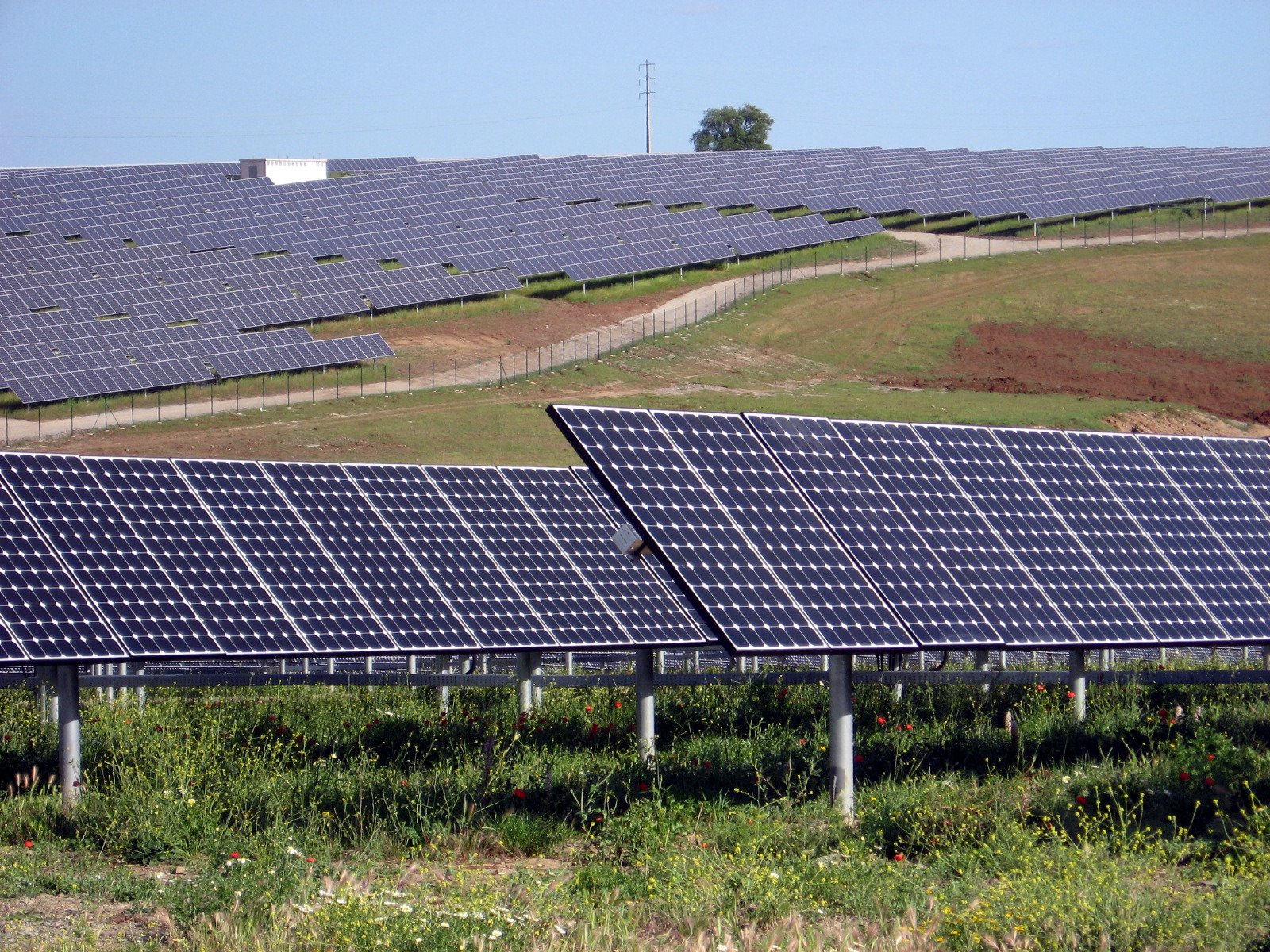-
Posts
886 -
Joined
-
Last visited
Everything posted by dtarin
-
Create the zone and populate the modules in one direction, unclick the zone icon, select all of the modules, copy them, then paste next to the existing modules, press control + G to change their tilt/azimuth at same time to orient them to new direction. See Your table length/partition should be defined based on your string size as close as possible.
-
New versions are backwards compatible. It's the reverse that is not (old to new). Most manufacturers, third party labs, etc. will make sure their files are compatible with PVsyst.
-

Does BkGlobInc variable include Rear Side Shading loss?
dtarin replied to sneakypete92's topic in Shadings and tracking
The variable name in PVsyst is GlobBak and it is the rear irradiance after shading, before the bifaciality factor is applied. The shading loss on rear side has its own output variable. -

Model N/S and E/W terrain at the same time?
dtarin replied to d_tamarkin's topic in Shadings and tracking
Correct. You can use a weighted average of the N-S slopes to capture overall N-S slope, which may be a gain or loss. -
There is nothing in the release notes regarding PVGIS. I would suggest upgrading to 7.1.8 and trying it (https://www.pvsyst.com/previous-versions/).
-

Model N/S and E/W terrain at the same time?
dtarin replied to d_tamarkin's topic in Shadings and tracking
E-W slope can be captured. When backtracking, the N-S tilt angle must be the same for all trackers. So E-W yes, N-S no. -
For issues such as these, include your PVsyst version in your post. I have tested the same coordinates in 7.1.8 and it is working.
-
Inverter Loss over Nominal Power, IL_Pmax
-
Is the inverter in the model the same as the one in the field? Post a snapshot of your PV Array characteristics if you wish. It may be that the inverter has a curtailment setpoint preventing it from producing above 8kW. In this case, you will want to use a grid limit in the model. You can do this in excel to the 8760, limiting the inverter output to 8kW, or inside PVsyst under the energy management menu and apply at the inverter level. Uncheck "account as a separate loss" to include this in the "inverter loss over nominal power" loss factor.
-

Adding 3D elements to near shading scene
dtarin replied to Barbadori's topic in Shadings and tracking
Wind turbines are available in 7.1 and later, I am not sure if 7.0 has them. The other option is to create an object manually that resembles a wind turbine (or whatever object you need) in PVsyst and save as separate object. -
The aging tool is located under advanced simulation. From there, you can generate a report with the information as you have shown.
-
No impact on production, just a label.
-
PVsyst automatically detects this. It does not seem that you can change it in the results overview (something PVsyst can maybe correct later). You can change what is displayed on the report under report options, however.
-
Degradation and mismatch are included in the waterfall. I don't see a dedicated report available. Aging is also summarized under array losses.
-
Since this is a vertical bifacial module, you probably need to import GHI into your custom weather file and not POA, and let PVsyst calculate front/rear POA.
-
Unless your site is 20 years old, you want the model assumptions to match the conditions of the site you are testing. You're including degradation and mismatch losses which may not exist for your site.
-
https://forum.pvsyst.com/viewtopic.php?f=24&t=1784&hilit=Technical+Definition+of+a+Shed Enter anything greater than 10 for nb of sheds
-
Import front side irradiance as POA in PVsyst. I do not believe it is possible to import rear-side irradiance. To achieve the best results, it is best to import measured GHI and measured DHI. For a vertical bifacial system if you have GHI (with or without DHI), it will be better than POA. I do not think PVsyst can properly calculate GHI and DHI if using POA from a vertical bifacial system (a PVsyst admin should comment here). Yes
-
I think more information is needed to understand. What does your meteorological instrument set-up look like, where are the sensors and what are they measuring? What data was imported into PVsyst? Also, unrelated to you PR question, I noticed you are modeling degradation at year 20 which I am not sure you want to be doing, but I could use some more information to better understand. Feel free to shoot me a pm if you'd like to discuss.
-
That is correct. Separate the orientations into different variants, combine output in excel.
-
Where are you getting the 20% figure from? Bifacial systems are not 20% higher than monofacial, even under high albedo conditions. 5-6% is common, but can vary between 3% and 11% depending on location, design, weather conditions, etc. for typical sites.
-
Calculate the monthly averages with your measured data and enter in the bifacial settings menu under the System menu. PVsyst does not use hourly albedo values.
-
There is not default horizon methodology; however PVGIS is free and included in PVsyst. It is up to the user to decide which source to use. The yellow sun-path area is determined by PVsyst according to project location. The horizon data generated from PVGIS is based on the coordinates located in the .SIT file. The data comes from PVGIS, and should not be dependent on the PVsyst version, so long as it is working in the version you are using (some older versions of PVsyst no longer work with PVGIS). Similarly, if you are using meteonorm software, the horizon data generated there will be based on the coordinates you use.
-
https://www.pvsyst.com/help/performance_ratio.htm In your case, GlobInc should be replaced with (GlobInc + GlobBak * ϕ), where ϕ = bifaciality factor of module
-
GHI, DHI, ambient temperature, wind speed, or POA irradiance (GlPMeas in the custom meteo menu), ambient temperature, wind speed


